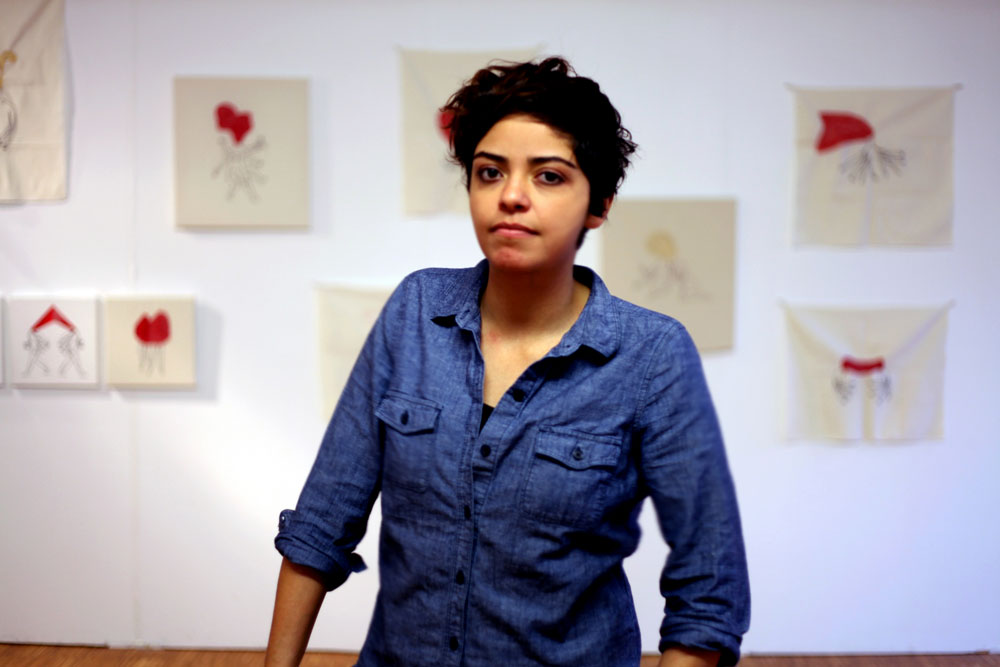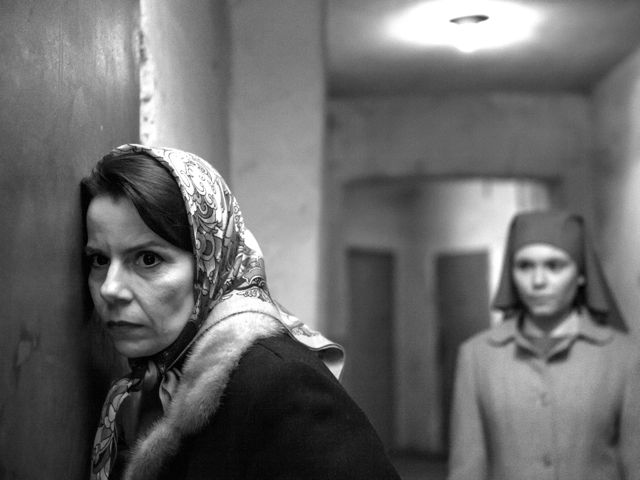Poetics of Absence and Concrete Memories
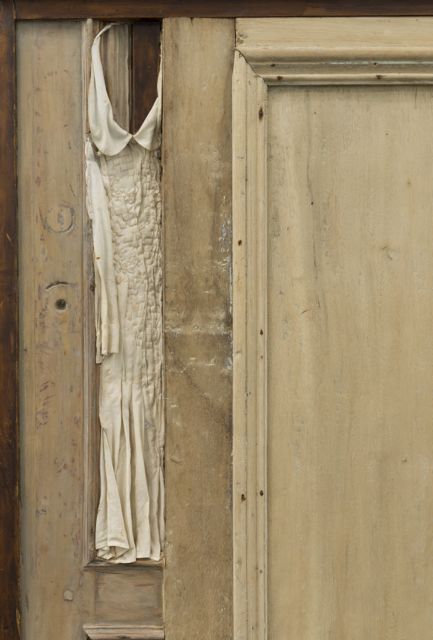
Photo: Nathan Keay, © MCA Chicago.
Doris Salcedo’s work rewards the patient observer. Her sculptures, which utilize domestic objects including doors, tables, bed frames, cabinets and chairs, trace the lives of victims of political violence. Salcedo, who lives and works in Bogotá, Columbia, insists that every piece she creates begins with the testimonials of political prisoners.
The installation of Salcedo’s work at the MCA serves as a kind of poetry itself. The retrospective, curated by Julie Rodrigues Widholm and MCA director Madeleine Grynsztejn, is elegant and provocative, and its organization creates a clear trajectory for the visitor. The exhibition opens on the lobby of the fourth floor with Plegaria Muda (Silent Prayer), a meditative maze of tables, each approximately the size of an average coffin. One table stands upright, while another is inverted on top of it with a layer of dirt in between the two. Small pinholes in the inverted table allow for sprouts of grass to break through the solid layer of wood. The pairs of tables, which Salcedo created after months of research about gang violence in Los Angeles, overwhelm the space.
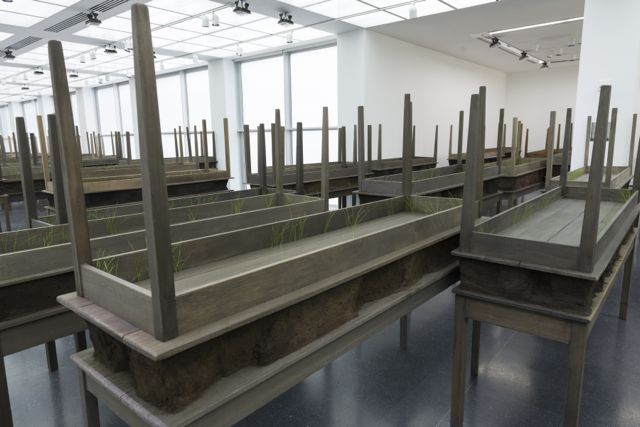
Inhotim Collection, Brazil. Photo: Nathan Keay, © MCA Chicago.
In Plegaria Muda, even Salcedo’s use of dirt, a potentially unwieldy material, is thoroughly calculated. The artist acknowledges her perfectionist tendencies, as she states, “I don’t improvise anything. I’m unable to.” Salcedo’s calculating quality restrains the piece, because it communicates artificiality (there is no smell of dirt despite the rows and rows of tables), but her desire for precision creates a deeply contemplative space throughout each gallery of the exhibition.
In Casa Viuda IV, Salcedo inlays a bone fragment within the receding panels of a wooden door, and above the fragment, in another panel, she preserves a delicate white shirt. The bone and the shirt fuse with the wood, memorializing their forms. In this sculpture, Salcedo merges architectural elements of the home as well. A wooden bed frame and layers of distressed doors are woven together, now permanently attached. Despite their outward signs of deterioration, these objects convey a sense of permanence. This sculpture attaches itself to the wall and visitors must walk between the two pieces of the bed frame to move into the next gallery. These sculptural forms were based on Salcedo’s interviews with rural Colombian women, who were forced to leave their homes out of fear for their personal safety.
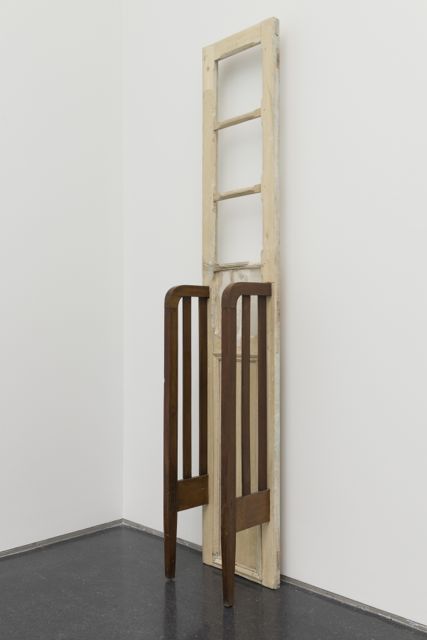
Her other series follow a similar format – plaster, clothing, human hair, steel, rubber, wax, cement and animal fiber fuse together to create new bodies. Salcedo activates each room with a new series of work. Disremembered features three shirts woven out of raw silk and thousands of needles. The transparent sculptures are the only objects in the room. They hang loosely on the walls, at once evoking the presence and absence of bodies.
In contrast, sculptures made from domestic furniture that Salcedo has filled with concrete are arranged in groups in the largest room in the exhibition. Rough steel edges protrude from the discolored blocks of concrete and cracks appear in the large spaces that fill the shelves of armoires and dressers. Even in their roughness, these sculptures retain a certain fragility. Floral patterns and textures from shirts encased in the sculptures emerge from within the concrete. The rawness of her materials and found objects continually contrasts with the meticulousness apparent in her work.

At first glance, Atrabiliarios appears to be an installation of faded images around the walls, accompanied by stacks of translucent empty boxes, organized in small stacks in one corner of the room. However, the images are, in fact, shoes worn by victims of violence. Salcedo has carved out small cubes in the wall for each individual. The openings are covered by animal fiber, which serves as a layer of skin preserving the shoes. Together, these icons transform the room to a site of memorial.
Each gallery on the upper floor of the MCA presents a different body of Salcedo’s work, along with an alcove for visitors to watch a short film that highlights her public works. Salcedo was unable to complete a public installation in Chicago because of a lack of funding and community support. The installation was intended to use water droplets to spell out the names of children who had died from gun violence in Chicago. Salcedo hoped that it would be installed on the former site of Cabrini-Green, the public housing project on the Near North Side of Chicago that was destroyed in 2011, but the project has yet to be realized. The video of her public works plays an important role in the exhibition: “What you see in the survey is not even half of who I am as an artist. The public art pieces are a truly important part of who I am.” The video, produced by the MCA, is also available online via a microsite for the exhibition. Despite the difficulties in navigating the microsite and its occasional technical glitches, it provides a comprehensive overview of the exhibition, referencing all of Salcedo’s work in detail.
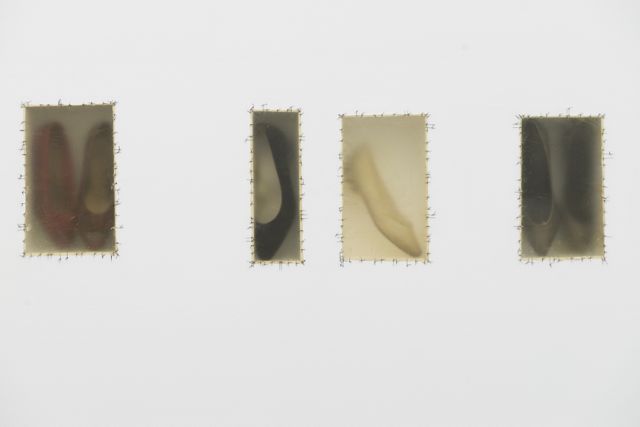
In addition to the testimonials, “Poetry”, as she describes it, “is an essential element in art. Without poetry, there is no art. Every piece is accompanied by the reading of specific poetry or specific philosophy.”
Salcedo says, “The experience of an individual is always my point of departure,” but her works presented at the MCA remain anonymous, and despite her discussion of the importance of poetry in reference to her art, the only wall text in the exhibition appears in the first gallery. This curatorial decision, however, proves exemplary as Salcedo’s works speak strongly for themselves. The exhibition is the first retrospective of Salcedo’s in the United States and will be on view at the MCA until May 24th. The exhibition will then travel to the Guggenheim Museum in New York and the Pérez Art Museum Miami.



